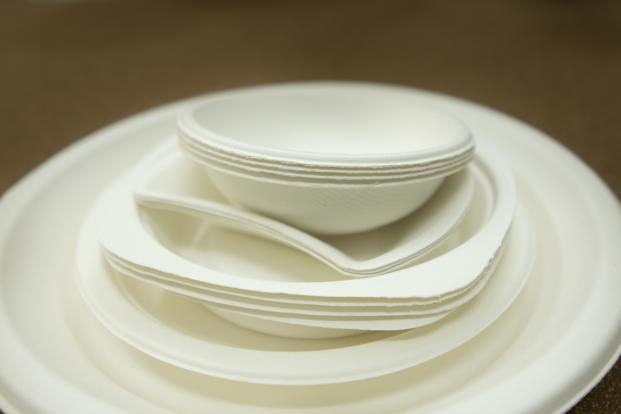مشاوره فروش : 09129156440


| Lead in ceramic crockery |
| دسته : اخبار محیط زیست |

Lead has long been used in ceramic ware, both in glazes and in decorations. When used in a glaze, lead gives a smooth, glasslike finish that allows bright colours and decorative patterns to show through. It is often associated with rich or intense colours.
There are many kinds of ceramics used for cooking, serving or storing foods and liquids. You cannot tell whether a dish has lead in it just by looking at it, however, some types of dishes are more likely to have lead:
Traditional glazed terra cotta (clay) dishware made in some Latin American countries, such as Mexican bean pots;
Highly decorated traditional dishes used in some Asian communities;
Homemade and hand-crafted tableware, unless you are sure that the maker has used a lead-free glaze;
Decorations on top of the glaze instead of beneath it. If the decorations are rough or raised, if you can feel the decoration when you rub your finger over the dish, or if you can see brush stroked above the glazed surface, the decoration is probably on top of the glaze. If the decoration has begun to wear away, there may be a greater lead hazard;
Antique tableware handed down in families or found in antique stores, markets and garage sales;
Corroded glaze, or a dusty or chalky grey residue on the glaze after a piece has been washed. Tableware in this condition may represent a serious lead hazard – stop using it at once.
Lead is rarely found in plain white dishes. Lead-containing glazes or decorations on the outside of dishes or non-food surfaces are generally safer to use. The only way to determine if certain crockery has lead is to test it. Home test kits can tell you if the dishes have leachable lead. These tests are most useful in detecting high levels of lead.
Home test kits use a “quick colour test” system and contain a chemical that turns a certain colour when applied to a surface that contains significant quantities of leachable lead. These test kits can usually be found at hardware stores. These test kits are especially useful in detecting high levels of lead in crockery. However, they only detect the presence of lead, not the amount. The only way to determine the exact amount of lead that the crockery leaches is to send it to a laboratory for testing. In addition to being expensive, this can also damage the item.
